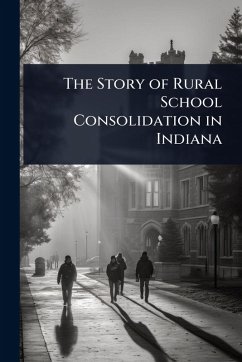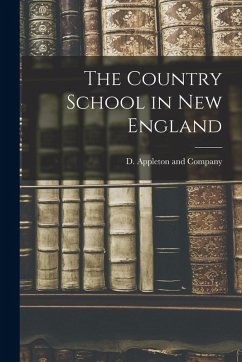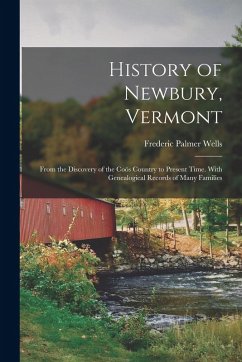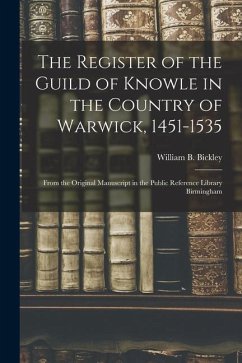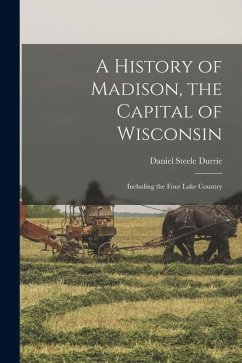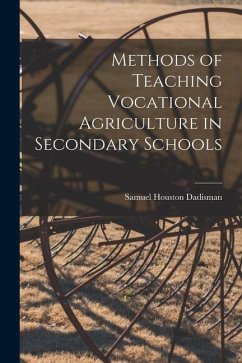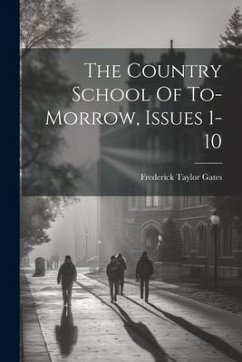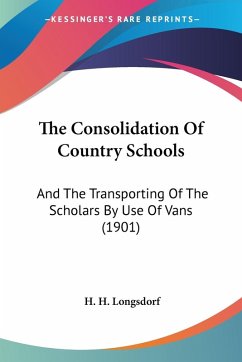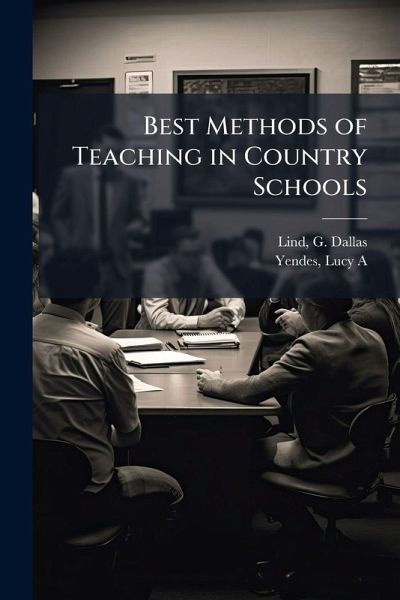
Best Methods of Teaching in Country Schools
Versandkostenfrei!
Versandfertig in über 4 Wochen
22,99 €
inkl. MwSt.

PAYBACK Punkte
11 °P sammeln!
"Best Methods of Teaching in Country Schools," originally published in 1899, offers a fascinating glimpse into the educational practices of rural America at the turn of the century. Compiled and edited by G. Dallas Lind and Lucy A. Yendes, this volume collects practical advice and techniques for educators working in country schools. The book covers a wide range of topics, from classroom management and curriculum development to effective teaching strategies for various subjects. This historical text provides valuable insights into the challenges and opportunities faced by teachers in rural sett...
"Best Methods of Teaching in Country Schools," originally published in 1899, offers a fascinating glimpse into the educational practices of rural America at the turn of the century. Compiled and edited by G. Dallas Lind and Lucy A. Yendes, this volume collects practical advice and techniques for educators working in country schools. The book covers a wide range of topics, from classroom management and curriculum development to effective teaching strategies for various subjects. This historical text provides valuable insights into the challenges and opportunities faced by teachers in rural settings, offering a unique perspective on the evolution of educational thought and practice. Educators and historians alike will find this book a rich resource for understanding the foundations of American education. This work has been selected by scholars as being culturally important, and is part of the knowledge base of civilization as we know it. This work was reproduced from the original artifact, and remains as true to the original work as possible. Therefore, you will see the original copyright references, library stamps (as most of these works have been housed in our most important libraries around the world), and other notations in the work. This work is in the public domain in the United States of America, and possibly other nations. Within the United States, you may freely copy and distribute this work, as no entity (individual or corporate) has a copyright on the body of the work. As a reproduction of a historical artifact, this work may contain missing or blurred pages, poor pictures, errant marks, etc. Scholars believe, and we concur, that this work is important enough to be preserved, reproduced, and made generally available to the public. We appreciate your support of the preservation process, and thank you for being an important part of keeping this knowledge alive and relevant.



